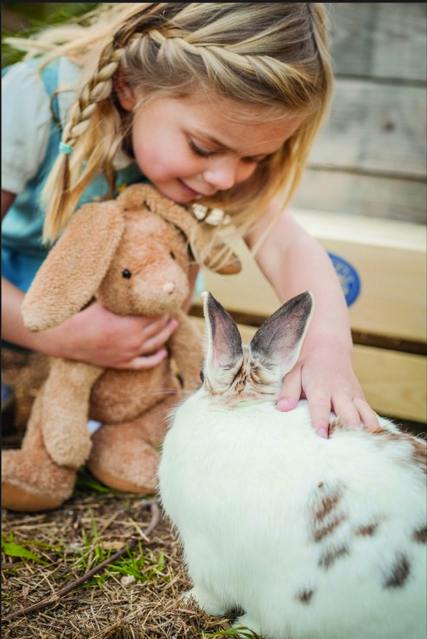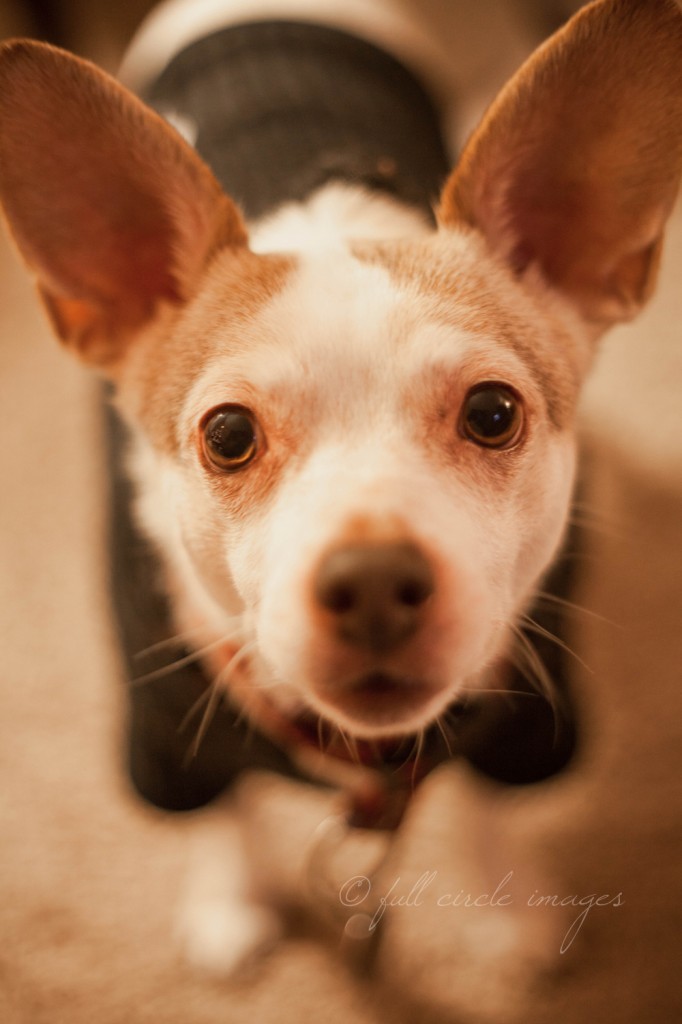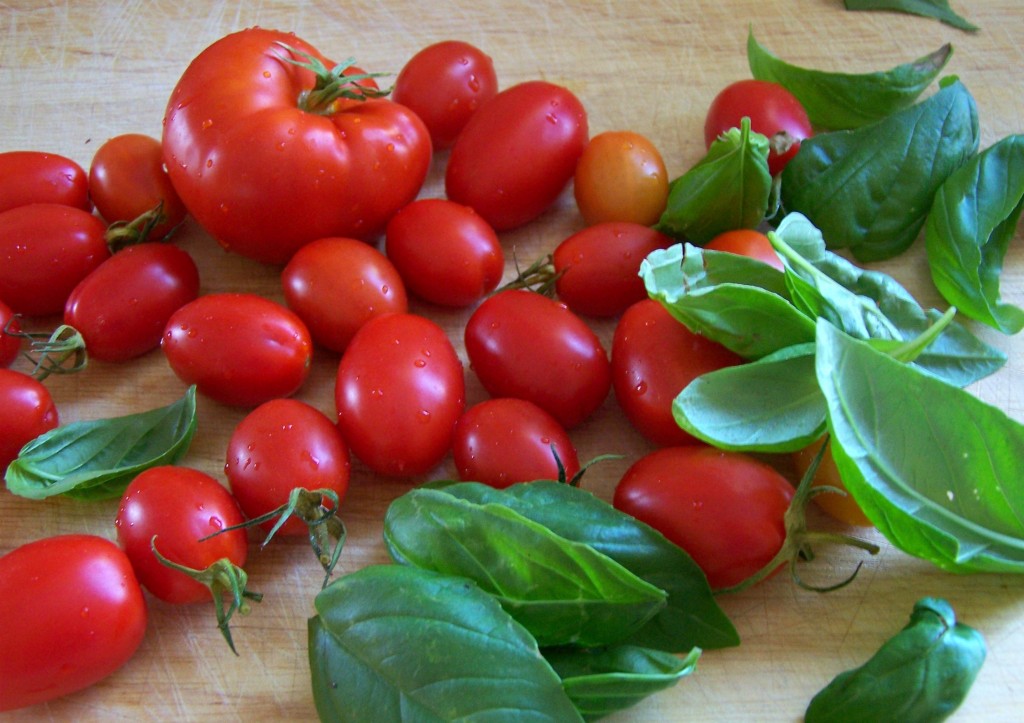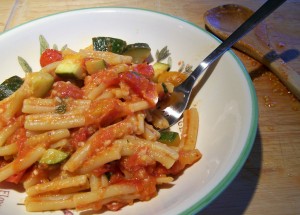This post is written by local aunt & architect turned photographer, Natalia Robert, of Full Circle Images.
The Best Kinds of Photography - Kids and Animals
It may sound simple enough. You grab your camera, go in to the yard with the kids and the dog (or the chickens!) and start snapping away in hopes of getting the perfect photo that captures their energy.
What you end up with instead is blur, cut off heads, a barking dog, running hens, and lots of flailing hands covering the shot.
So just how do you get those wonderful shots that you'll always treasure?
While each location and personality needs a slightly different approach, there are definitely things I've learned as a professional photographer about how to work with kids and animals.
Keep these tips in mind and you'll be one step closer to capturing those magical moments at home!
1. Have props handy and come prepared with lots of setup ideas. You never know what kids or animals will find fascinating and fun that day. Bring lots of options for them to play with. Maybe your pet has a favorite toy or blanket? Or maybe your 5-yr-old daughter has a tiara that makes her feel like a princess? These props will bring a piece of home to them, and help bring out those personalities we know and love.
2. Don't be surprised when all those props and ideas go unused. You also never know when your pet's or child's mood will change, or when they'll be distracted and fascinated by something new. Don't try to force your pet or any kids to use the props you've brought. Letting them dictate what feels most comfortable will ensure they shine as themselves in the photos.
3. Expect the unexpected./Be flexible and patient. One minute your 3-yr-old son is all about giggling for the camera; two minutes later he wants to run and hide. Kids have their own agendas, and forcing something on them will only make it worse. Pets also have temperaments that we need to just go with because they have no problem running away and hiding!
Understanding that you'll need some flexibility and patience going into the shoot ensures that pets, kids, AND you are all happy and playful. Kids and pets both will be happier for the light mood and lack of pressure, and you'll get that perfect shot in no time!
4. Keep shooting. And shooting... and shooting... The digital age has brought digital cameras to the hands of the general consumer. One of the biggest advantages to shooting with digital is that you're not using up film, so keep shooting! If your camera allows for continuous shooting mode, use it. Keep shooting after they've stopped smiling for the camera, or just keep shooting while they get distracted with the dog. Those quiet moments are where the magic is.
5. Keep them distracted/playful. Nothing makes us freeze up faster than having a camera pointed at our faces. Kids also learn to pose for cameras and flash cheesy smiles when they know you're about to take a picture.
Keep the conversation going! Ask them to DO something (maybe with one of the props you brought?), and have them crack jokes and giggle. Anything you can do to let them forget about the camera will get you those honest moments that let their personality shine through!
6. Plan on getting dirty. Kids and pets both like to get dirty, so be prepared to sit or kneel on the ground. Get ready to do a little chasing around the yard. Let them climb, run, and roll around while you chase after them with your camera. Getting into their "world" and getting dirty right there with them will make the moments that much more special.
7. Get up close. While you're getting dirty and running around, don't forget to get close! Nothing will create that personal connection in a photo faster than zooming in to the details. Fill the frame with their faces to ensure it's bursting with their individual personality.
8. Location is key. You could never expect relaxed and fun pictures from a location that is formal, clean and new. A familiar location works best for both kids and pets because they'll already be comfortable. Make sure to shoot somewhere that allows them the freedom to be playful and 'do their thing'. Whether this means they need lots of room to run around, a sandbox, or an ocean, you want both kids and pets to feel at ease while having fun.
9. Have help nearby. Kids are a handful. Pets are a handful. Having the two together and trying to get both in the same picture can be a real challenge! If you have a friend, family member, or general helper with you, you'll be able to focus more on giving both the kids and the pets a fun experience to ensure great shots.
Also, a second adult is great for keeping either kids or pets distracted and happy while you worry about working the camera.
10. Relax and have fun! If you're tense, stressed, or rushed, it will be felt. Kids are very sensitive to how we act around them, and pets naturally pick up on these forms of nonverbal communication. When you set out to get some photos, hope for the best but keep an open mind. If today's not a good day, then there's always tomorrow.
Plus, if you start having fun and playing along with the games, this will make both the kids and the pets have more fun and shine that much brighter in photos!
If it's been on your mind to capture some recent photos of your little ones, you can learn more about Natalia's springtime photo shoot at City Farmers on March 10th.







